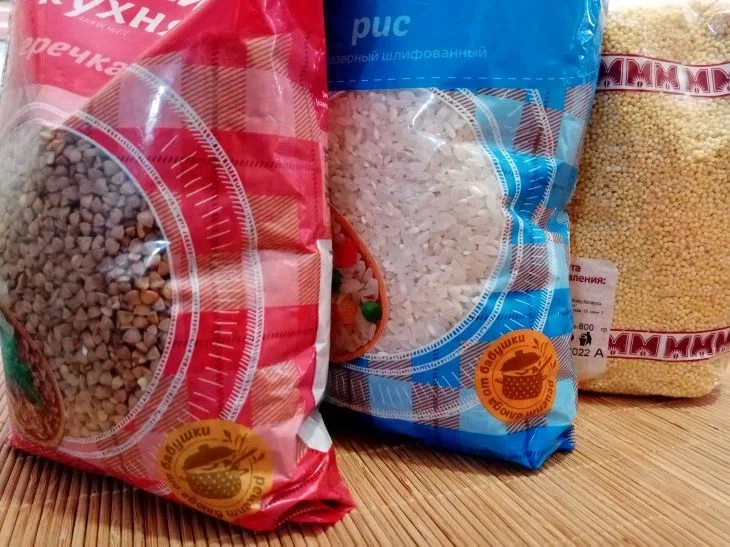Young parents, who are faced with such a “phenomenon” as complementary feeding of a baby for the first time, feel confused when faced with a wide choice of products.
Take porridge, for example: if your pediatrician has recommended that you introduce your child to this dish, you can use either rice or buckwheat for this purpose.
Both of these cereals are equally good as a starting point for complementary feeding - they do not contain gluten, which can cause an allergic reaction in the baby or cause a disease such as celiac disease, but they do contain the necessary nutrients.

However, if you have ever been interested in diets, you should know that buckwheat contains fewer calories, but more protein and fiber, which means it is a better stimulus for bowel function.
Rice, on the contrary, has less protein and more carbohydrates. This makes the cereal more nutritious and binds the stool.
Hence the conclusion: buckwheat is more suitable for children who have normal weight or are overweight and who are prone to constipation.
Rice should be offered to underweight children who suffer from unstable stools.
However, such a division is conditional, since children's nutrition is required to be varied and include, among other things, as many types of cereals as possible.
